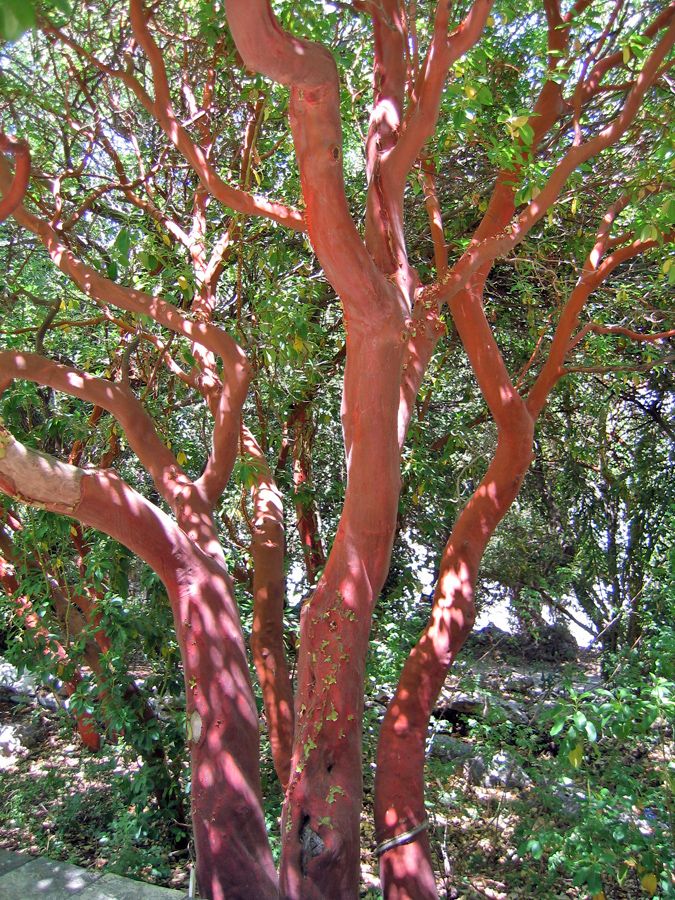A charming and compact trip, with all the right ingredients: lots of scenery, some driving challenges, pine forest shade, a beautiful short hike and a visit to an organic goat farm.
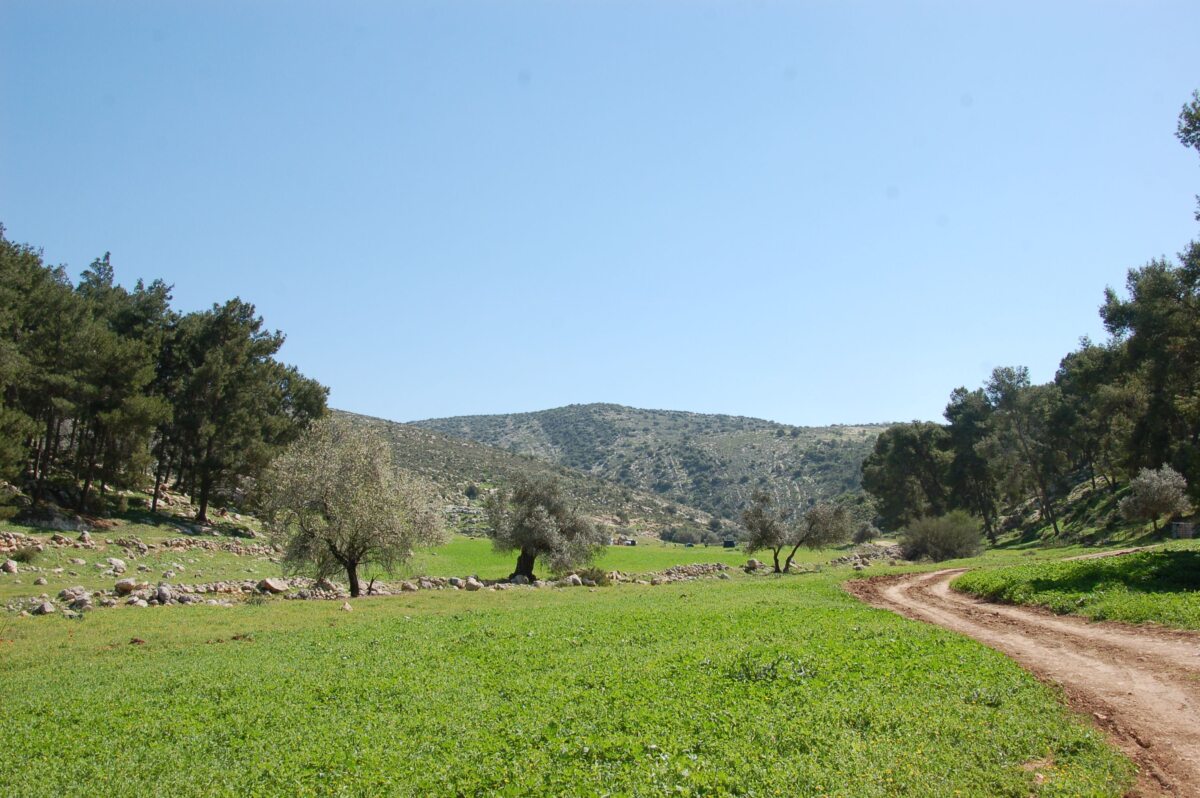
The starting point is reached via Highway number 1. from there turn onto Road 38 in the direction of Beit Shemesh. From there turn onto Route 3855 towards Moshav Zanuah
We continu straight until we reach the roundabout. If you turn right in the roundabout, to the west, you will reach Moshav Zanuah. But we go around the square and enter a dirt road to the east. There is a bridge and next to it a green trail marking - this is where the trip begins.
During the trip we pass several pine forests that provide a pleasant shade and quite a few places worth stopping for a break. In general we will drive along Nahal Dolev ("Dolev Creek"). There are plenty of opportunities to cut the trip short and return to the road, but the beauty of the trail scenery and the view visible at certain parts are worth driving the complete suggested route.
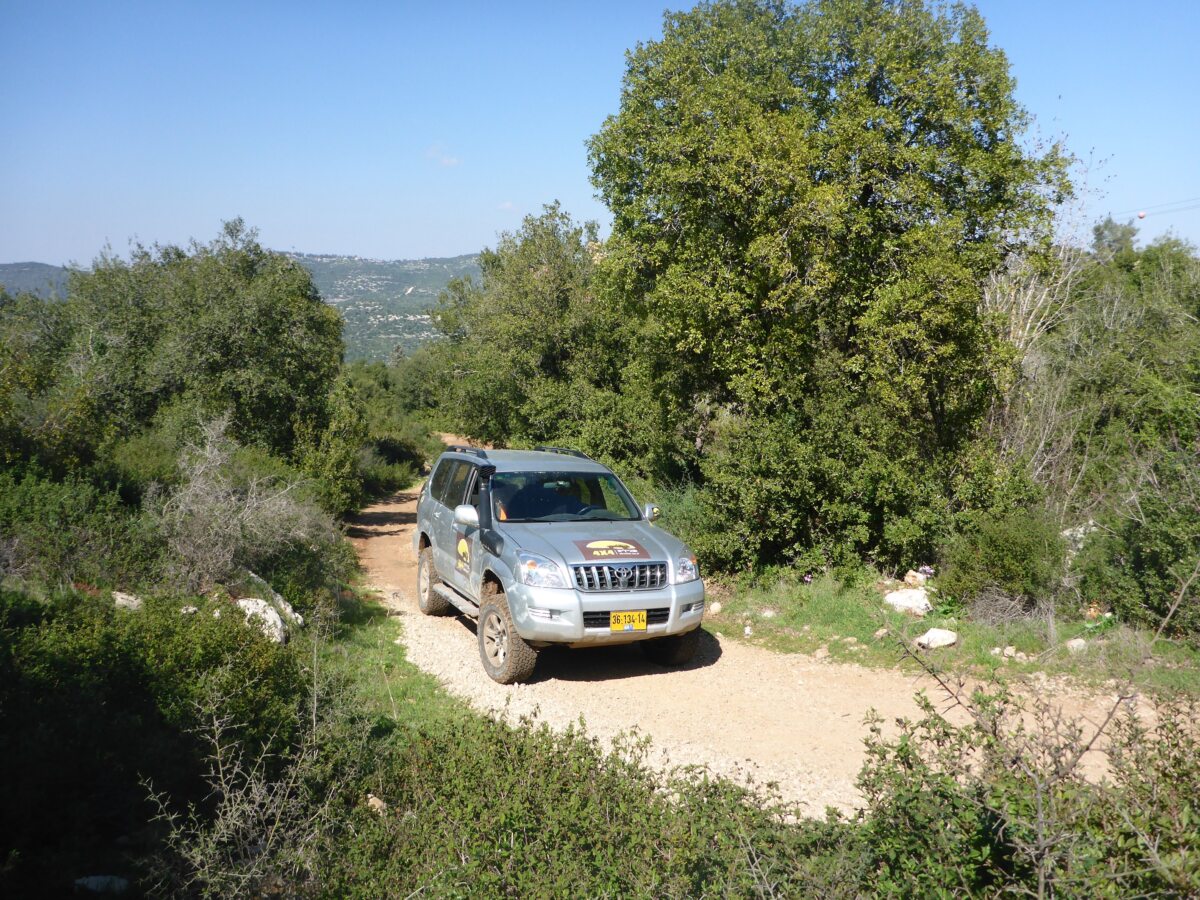
Throughout the trip we have to navigate carefully to stay on the correct route as sometimes the trail markings and signs are a bit hidden from direct view. In any case, please do not rely on the route description written here as if it was proper route navigation instructions - as it is only a general description. The detailed navigation instructions are available for subscribers in the Hebrew part of this website or in the (Hebrew) books offered for sale by Shvilim 4x4.
As mentioned we could stop for a break in many places and some of theme are actually in the very first part of the route. Later on it is especially recommended to take a break near Ein Tabibi which is a dry well with a water collecting basin carved in the stone. A little after Ein Tabibi we reach a somewhat challenging winding climb. Vehicles that do not have a low range gear will need momentum, precise lane selection and constant progress.
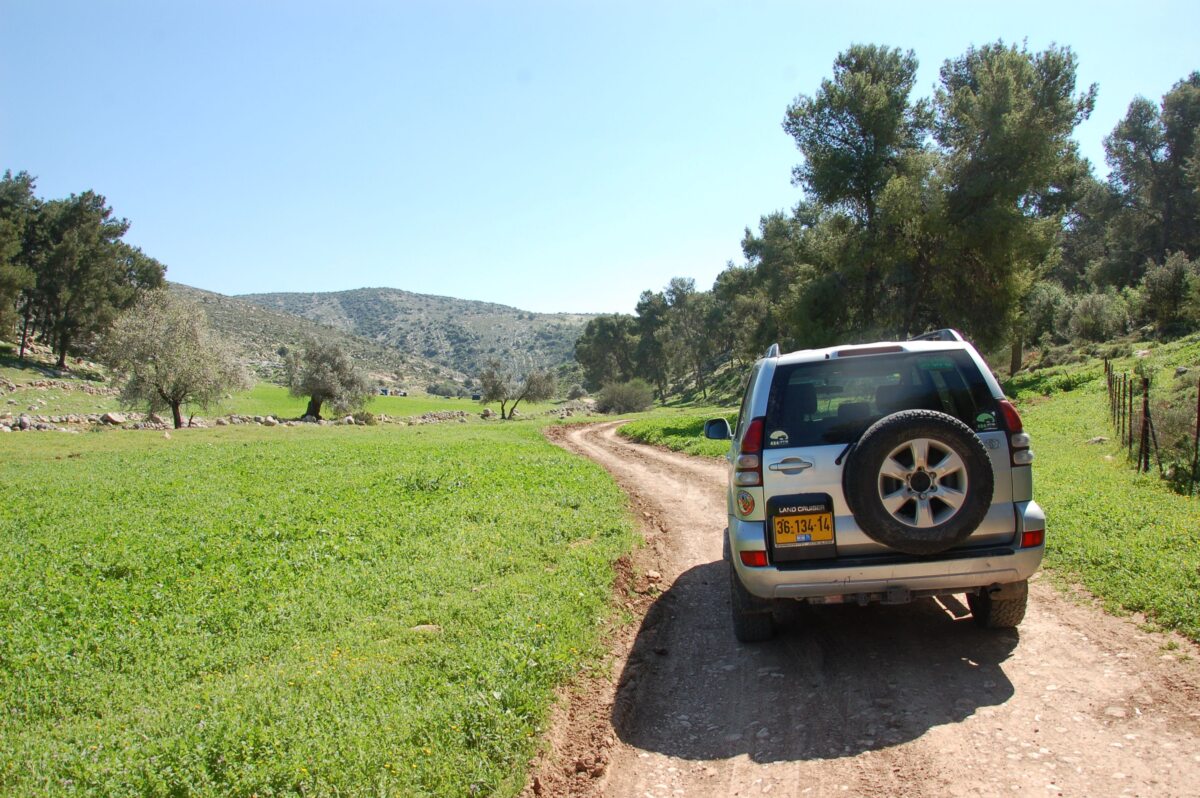
After a while we reach ruins of a stone structure. The road here is beautiful and special, with dense bushes all around. This is the time to drive slowly and enjoy the surroundings. We continue to climb the trail and the view will open to different directions - first to the west, towards Beit Shemesh. Then, higher up we will see the view in the northeasterly direction, with Nahal Dolev deep down to our right.
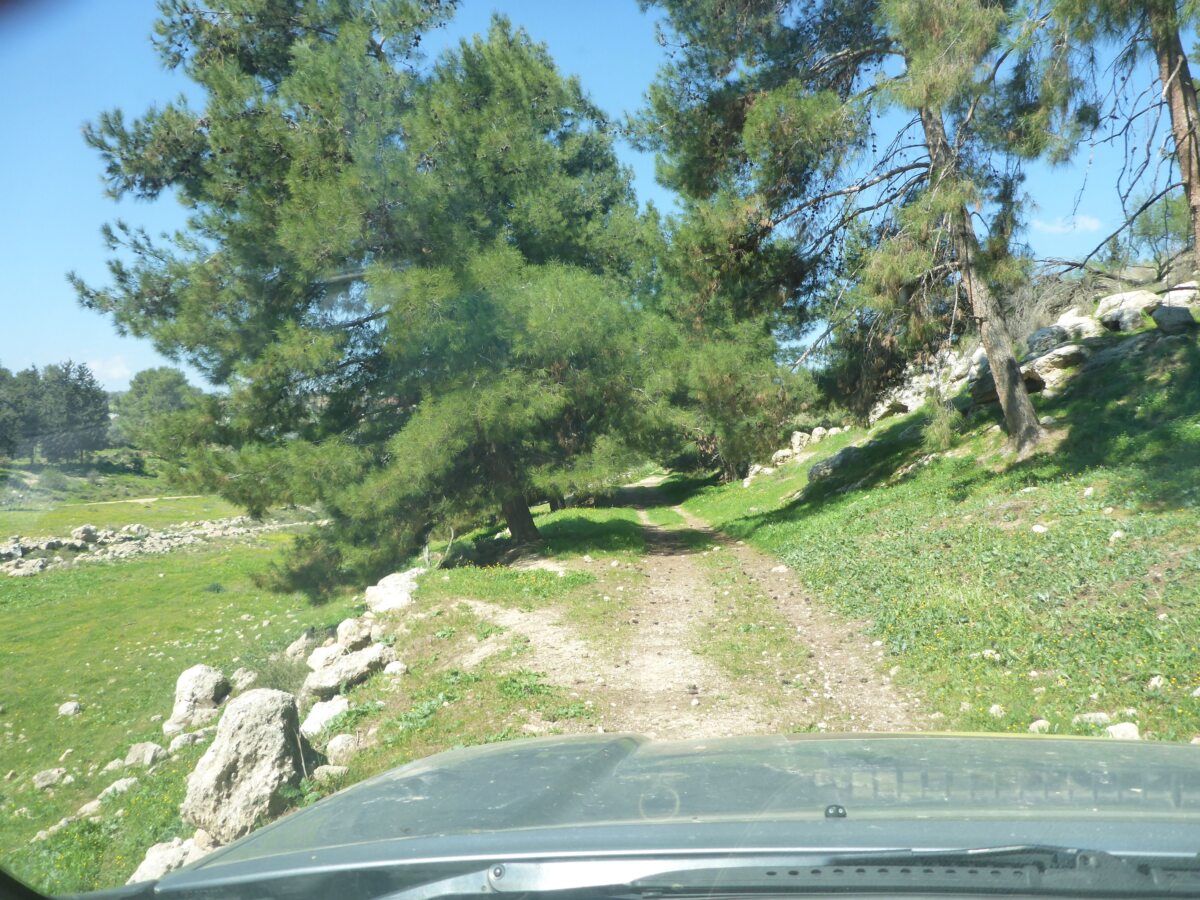
Not far ahead at some point it will be possible to turn left and return fairly quickly to the road, but we prefer to climb further into a unique area to drive on - a huge rock surface after which we will reach a parking lot that has picnic tables and games for the kids. Stopping here is kind of a must.
A few kilometers after our break in the parking lot, we will take the paved road and turn right until we reach Har Ya'ala junction, where on the left, we will see the monument in memory of the victims of the Challenger space shuttle crash. We will continue on the paved road in a northwesterly direction, downhill, towards the Stalactite Cave. On the way, to our left we will see the observation point in memory of Major Yoav Ben Nun and Captain Yaakov Gal.
We will continue straight and then turn right onto a graval road, following the sign to the "Forest goat farm". After a short drive we will park on the left and go by foot to visit the farm.
Ya'aran Farm was established in 1995 by Bar and Avishai Ya'aran on the slopes of Mount Ya'ala. The goat herd of the farm numbers 150 goats.
Unlike other commercial farms, the cheeses are produced here exclusively from the local herd milk. In winter most of the cheeses are fresh and semi-ripe and there is also drinking yoghurt and thick Labane (hung yogurt cheese). In summer and autumn there are mostly hard cheeses that are aged in a nearby cave, in the style of Parmesan, Gorgonzola and Cheddar. You can taste before buying.
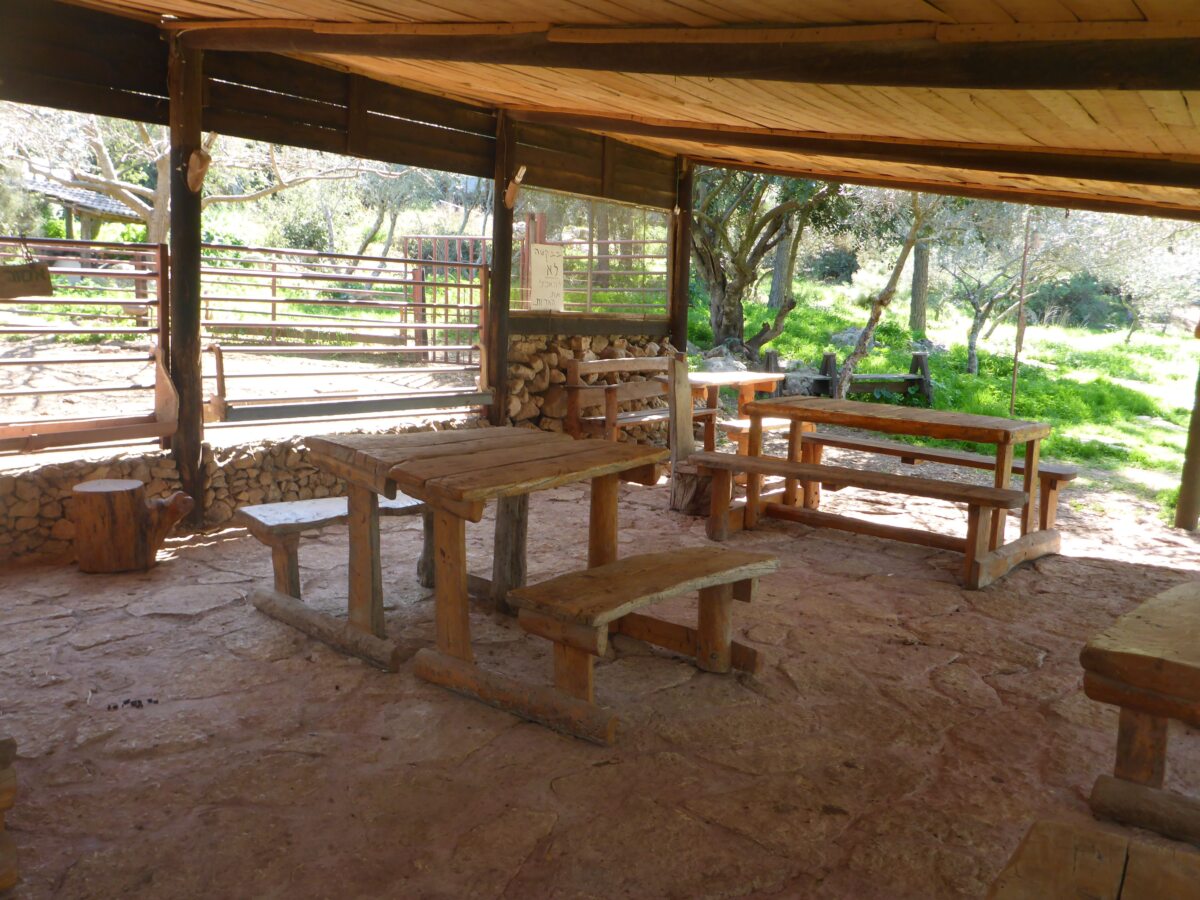
After visiting the farm we will continue in an easterly direction. Notice the spectacular view to the west and northwest. On the north bank of Nahal Sorek we can see Samson's Cave. A large cave gaping in the cliff.
Further down the road it is again possible to return to the paved road and cut the trip short, but we choose the path that takes us on a spectacular scenic road over the mighty meanders of Nahal Soreq.
Nahal Soreq - As you will see the creek of Nahal Soreq has a tremendous presence - with huge twists and deep canyons, exceptional in size compared to other streams in the area. According to geologists, in ancient times, before the displacement of the Syrian-African Rift, it was part of a huge stream that drained the entire area across the East Jordan and in fact it is an ancient continuation of the Yabuk River.
We will continue on and again we will reach a place from which it is possible to return to the paved road and conclude the trip, but again we will choose to continue on the unpaved road and pass by a beautiful concentration of Katlav trees on both sides of the road. We will reach a fork in the road and select the left path. Here we will make sure to travel slowly - the view is amazing, below you can see the railway that was laid on this route for the first time in the 19th century.
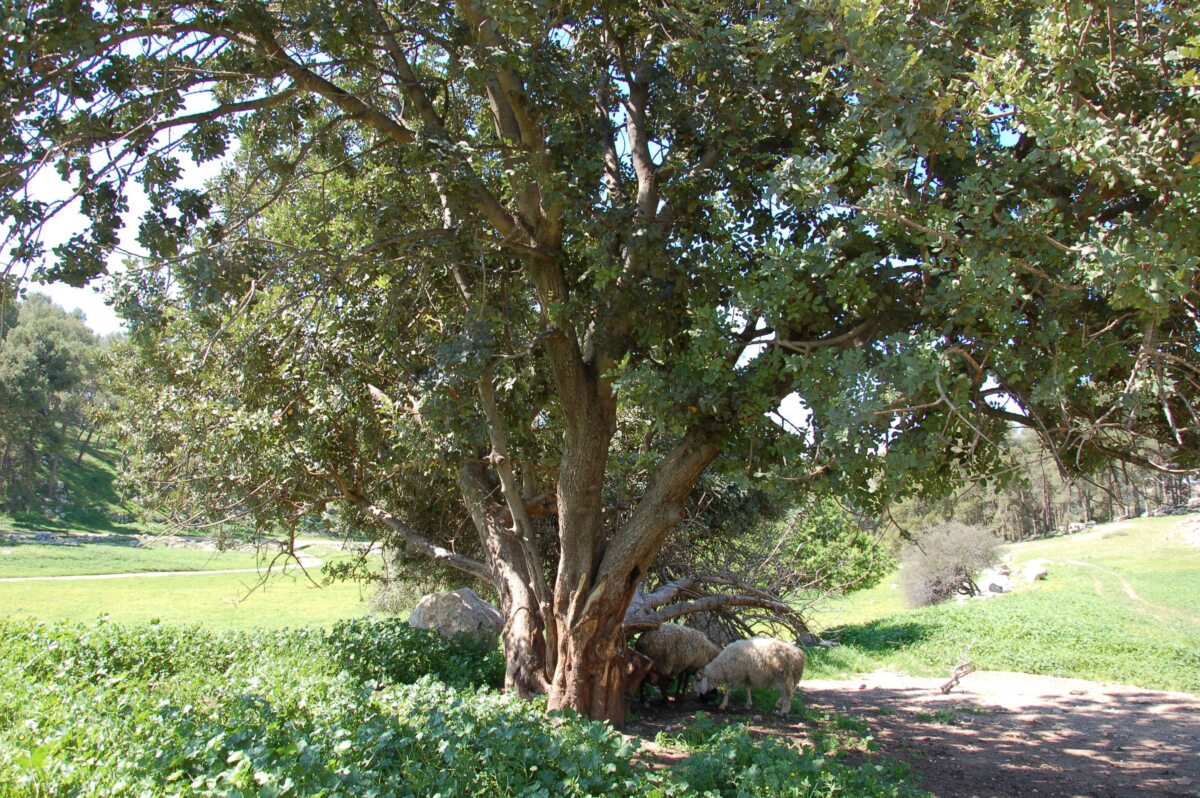
Further along the road we will be able to see Jerusalem in the easterly direction and even spot the String Bridge. After a few miles we will embark on a short hike on a route that is simply not to be missed. It is a cute path, which goes through the trees, circles the hill and overlooks the Katlav River. After about half a kilometer of walking, turn right, climb a little and reach the parking lot and the cafe / restaurant near the information station and panoramic observation point. For those who continue by car, this is also the end of our route.
The Katlav tree - The bark of the tree is recognizable from far due to its brown-red color. There are several legends that try to explain the color of the tree. Since it is the color of blood and as the name of the tree indicates "carnage" - which, by the way, is also the meaning in the Arabic name - one of the legends tells of a shepherd who fought with his father, waved a wooden stick during the quarrel and killed his father. From the stick that was stained with blood grew a tree whose trunk was smooth as skin and red as blood.
